Blog
Simple:D32lkumiol0= Tattoo
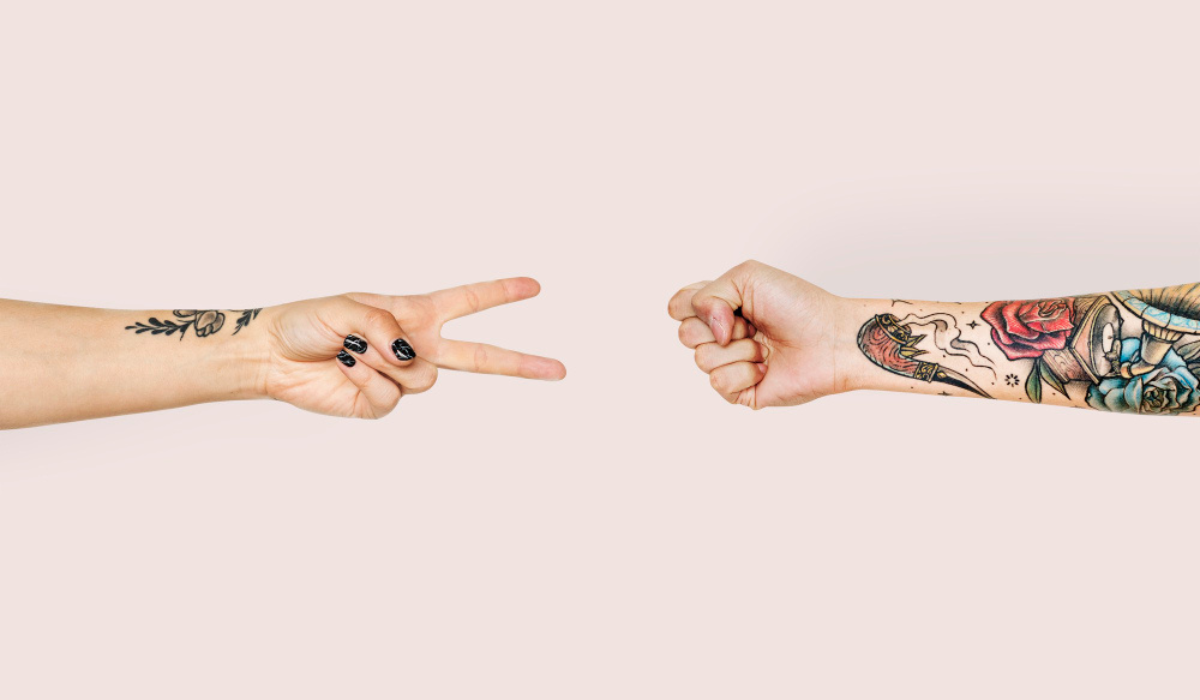
Tattooing is an ancient art form that has continued through time and culture to become a popular way for people to express themselves in today’s world. In this blog post, we will explore the history of tattooing, how it has changed over time and what goes into getting one. We’ll also look at the meaning behind some of the most common designs, provide tips for aftercare and discuss where tattoos may be headed in terms of trends and technology. Whether you’re new to tattoos or have many already, there should be something here for everyone.
The Ancient Art of Tattooing
Tattooing has been around for thousands of years in various cultures across the globe. Throughout history, they have served different purposes from marking rites of passage to identifying tribal affiliations and even having medicinal qualities. Some groups such as Polynesians, Ancient Egyptians or Native Americans were known to practice tattooing long before it became mainstream.
Courage and social status were represented by tattoos in Polynesian culture. Depending on their complexity these intricate patterns could tell a person’s life story including their achievements, hopes or dreams as well as lineage among other things. Similarly native American symbols often had deep spiritual meaning behind them because they were supposed to represent connections with animals nature spirits ancestors etc..
The Evolution of Tattooing Techniques & Styles
Over the centuries methods used during tattoo application process have undergone significant changes both technologically and stylistically speaking too.Traditional methods involved hand tools made out bones,bamboo or thorns combined with natural pigments requiring great skill accuracy resulting into finely detailed designs.Modern tattooing started taking shape late 19th century when Samuel O’Reilly invented electric tattoo machine which made it possible create more complex patterns within shorter periods thus making this practice affordable to masses.
There are almost countless numbers of different tattoo styles that exist today but below mentioned few popular ones:
Traditional/Old School: These tattoos have bold lines and bright colors which make them look quite classic.
Realism: These tattoos are so detailed that they look like photographs.
Watercolor:This is where the tattoo looks like it was painted with watercolors; they’re vibrant and flowing in appearance.
Blackwork:These tattoos use lots of black ink to create intricate designs, often inspired by tribal patterns
From Concept to Completion: The Tattoo Process
Getting a tattoo is a multi-step process that requires careful thought and planning. Here’s a general breakdown of what will happen:
Consultation– First you will need to talk through your ideas preferences with an artist. They can offer advice or make changes so that the design fits exactly what you want it to be.
Design Approval – Once the design has been sketched out, shown you will have the chance to see if there are any final modifications needed before approving everything as final artwork. It is important at this stage because once again, once something is on your skin – there’s no going back!
Tattoo Session– On day allotted for appointment artist prepares tools sanitizes chosen area design gets transferred onto client’s body using stencil method most suitable for particular case then comes actual process itself which can take anywhere between couple minutes up until several hours depending upon how complex the desired pattern might turn out being..
Post-tattooing
Once the tattoo is done, the artist should tell you how to take care of your new ink so that it heals and lasts well.
Decoding Tattoo Symbolism
Tattoos often bear a great deal of symbolism, which can vary greatly between different peoples and individuals. Here are some common designs and what they usually represent:
Dragons: In Eastern cultures dragons stand for power, wisdom, and protection; in the West they can convey strength and ferocity.
Roses: Love and beauty are the most common associations with roses. But besides those feelings, they may also symbolize equilibrium (because of their thorns) or fresh starts.
Skulls: It might seem strange that people would want something representing death permanently etched into their skin. But skull tattoos frequently symbolize mortality; celebrating life or overcoming challenges.
Anchors: These nautical symbols typically represent stability as well as resilience among those who have weathered life’s storms – coming out the other side stronger.
Aftercare Advice for Tattoos
Good aftercare is vital to a healthy looking tattoo! Bright colors fade quickly but more importantly infections begin under our skin through open wounds then travel up through capillaries into bloodstream where antibiotics can’t reach them… So here’s how we prevent all this from happening:
Keep It Clean
Wash your tattoo gently with mild soap and warm water. Rinse off any remaining traces of blood or plasma until completely clean before pat drying (do not rub). Make sure it stays dry during this process by patting instead of rubbing dry cloth against it too hard.
Moisturize
Apply thin layer unscented lotion/moisturizing cream twice daily after washing hands first then let air dry few minutes before putting clothes back on top – preventing infection risk when clothing sticks directly onto ointment applied straight over fresh wound site where germs could easily get trapped inside fabric fibers = bad news bears!
Avoid Sun Exposure
You should protect your tattoo from the sun because it fades faster when exposed to its rays. If you don’t have any choice but to be in the open air, make sure that part of your body is covered or apply sunscreen with high spf.
Observe the Artist’s Recommendations
Always listen to what your artist tells you after they’ve finished tattooing as this will help with recovery and ensure that everything heals well. Remember these are only general tips so if something different was said by them then follow their advice – everyone’s bodies heal differently, so what works for one person may not work for another.
Trends and Technologies Shaping the Future of Tattooing
The world of tattoos has seen many changes over time where there once was only traditional ink to choose from now there is much more variety available. The following exciting developments are expected:
Biotech Tattoos
Scientists are working on a tattoo ink that changes color to indicate health issues such as blood sugar levels or dehydration.
Advanced Ink Technology
New inks being produced are safer, brighter, and last longer than before; some even fade away naturally over time without removal being necessary.
Virtual Reality
Some artists now use virtual reality headsets which allow clients to see their design choices before they commit – improving accuracy during placement too!
Conclusion
Tattoos speak volumes about who we were, who we want to be, and how far we’ve come. From ancient beginnings through modern renaissance periods they continue capturing our imaginations while forever remaining rooted within us all: whether it’s your first tattoo or an addition onto existing ones knowing what processes entail them; their meanings throughout history up until current times can greatly assist informed decision making about designs chosen.
If you want more information about tattoos reach out either locally at studios near where you live/work/socialize. Or better yet look online communities dedicated towards sharing experiences around getting inked up world wide! So get talking about ideas today because who knows maybe this will be start whole new chapter in life?! Enjoy your journey.
Blog
RS 149 Bear Jumpsuit – Adorable & Practical Babywear
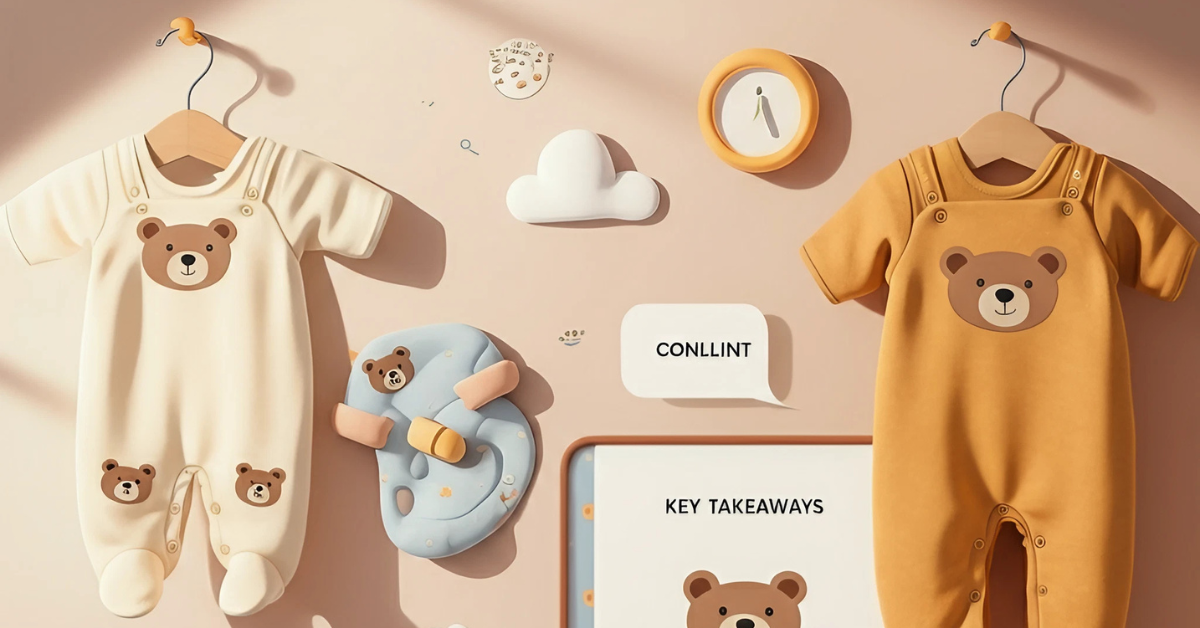
When it comes to dressing your little one, comfort meets cuteness with the RS 149 Bear Design Long-Sleeve Baby Jumpsuit from The Spark Shop. Parents often find themselves stuck between an array of baby clothing options, but what stands out more than soft, stylish, and practical wear combined?
If you’re looking for a piece that combines adorable aesthetics with practical functionality, then this jumpsuit is going to be your new favorite. And guess what? It’s not just about the looks—it’s about ensuring your child stays comfortable throughout the day.
But why is this jumpsuit so special? Stick around, because I’m about to unpack all the reasons why this product could be your answer for style and ease in your little one’s wardrobe.
Key Takeaways
- “Bear Design” for added cuteness blended with a versatile look for every occasion.
- Soft, breathable fabric ensures your baby’s comfort all day.
- Perfect for every season due to its long-sleeve design.
- Easy care, durable material—because we know parenting is already enough work!
If finding a stylish yet simple-to-maintain outfit sounds like a dream, this jumpsuit checks all your boxes!
Product Features
When buying clothes for your baby, there are plenty of things to consider—skin sensitivity, durability, and of course, cuteness! The RS 149 Bear Design Jumpsuit delivers on all fronts.
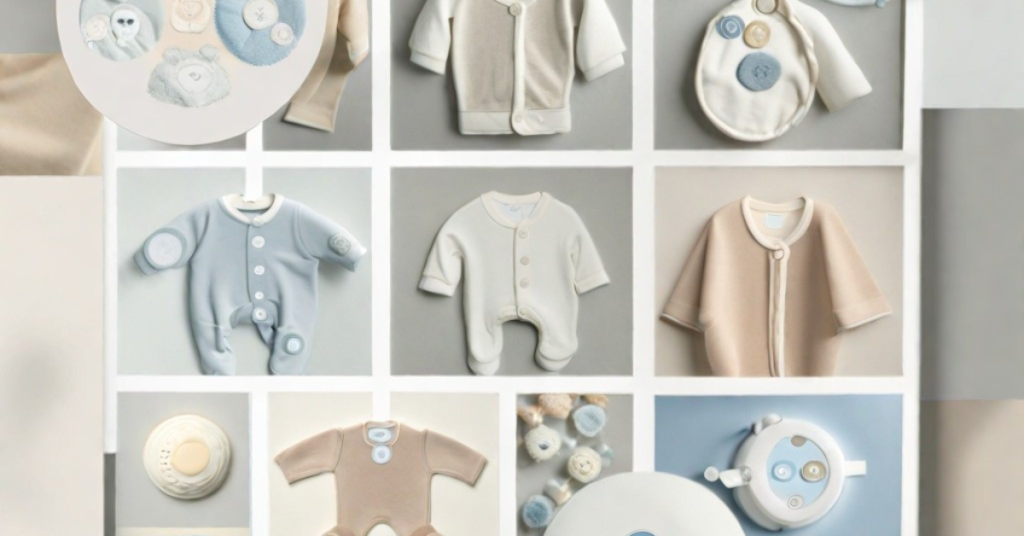
Key Features Include
- Adorable Bear Motif: The cute bear design adds a playful charm, making this jumpsuit photo-ready for your baby’s milestones or everyday moments.
- Premium Fabric: Made from high-quality cotton to keep your baby snug while preventing any skin irritations.
- Easy Snap Closures: No stress during diaper changes—these easy snap buttons make your life so much easier!
- Durable Design: Built to last wash after wash while maintaining its softness and adorable look.
Imagine this jumpsuit becoming your little one’s go-to outfit for family outings, or a snuggly companion for those cozy at-home days.
Expert Insight: “For baby wear, it’s all about finding breathable fabric and avoiding harsh materials. Cotton is always my go-to for sensitive skin,” says pediatric fashion consultant Dr. Ananya Kapoor.
Size and Fit
Because babies grow faster than we can blink, getting the right fit is crucial!
Here’s a handy size chart to make your shopping easier:
| Size | Age Range | Height (cm) | Weight (kg) |
|---|---|---|---|
| 0-3 M | 0-3 Months | 50-60 | 3-5 |
| 3-6 M | 3-6 Months | 60-70 | 5-7 |
| 6-12 M | 6-12 Months | 70-80 | 7-9 |
| 12-18 M | 12-18 Months | 80-90 | 9-11 |
Pro tip? Always opt for a slightly larger size to give your baby room to grow and ensure longer usability.
Care and Maintenance
Raising a child comes with endless chores, and the last thing you want is a high-maintenance outfit. That’s why this jumpsuit is designed with simplicity in mind.
Here’s how to care for it:
- Wash on a gentle cycle using baby-friendly detergent.
- Air dry to ensure longevity, though it’s dryer-safe on low heat.
- Avoid using harsh bleach or chemicals that could irritate your baby’s skin.
With these easy care instructions, you can trust that the jumpsuit will look and feel as good as new for months to come.
Customer Tip: “I’ve washed it so many times, and it’s still as soft and adorable as day one!” — Meera, Chennai
Customer Service and Support
At The Spark Shop, we pride ourselves on making your shopping experience smooth and enjoyable. Whether you have questions about sizing, delivery, or care tips, our dedicated team is here to help.
Reach us via:
- Email: support@thesparkshop.in
- Chat: Available 24/7 on our website.
Have concerns or feedback? We’d love to hear from you—we’re always listening to make your experience better.
FAQs
1. Does the jumpsuit come in other colors or designs?
Yes, we offer a range of colors and animal-themed designs. Be sure to check our catalog for the latest collection.
2. Is this jumpsuit suitable for cold weather?
Absolutely! Thanks to its long sleeves and soft fabric, it’s perfect for layering on chilly days.
3. Is the material suitable for sensitive skin?
Yes, the cotton fabric is gentle and hypoallergenic, perfect for your baby’s delicate skin.
4. What’s the return policy?
We offer a hassle-free 30-day return policy if you’re not satisfied with the product.
5. How quickly will I receive my order?
Orders within India typically arrive within 3-5 business days.
Need more info? Drop us an email, and we’ll make sure to resolve all your concerns.
Make Parenting Easier While Dressing in Style
Parenting comes with more decisions than you could’ve imagined, but dressing your baby shouldn’t be complicated. The RS 149 Bear Design Long-Sleeve Baby Jumpsuit is the ideal blend of practicality and cuteness for modern parents.
Whether it’s their first playdate or naptime at home, this jumpsuit ensures your baby stays stylish and comfortable. But don’t just take our word for it—experience the convenience and charm for yourself!
Blog
E-Waste Crisis: The Gadgets We Toss and Their Impact on Our World
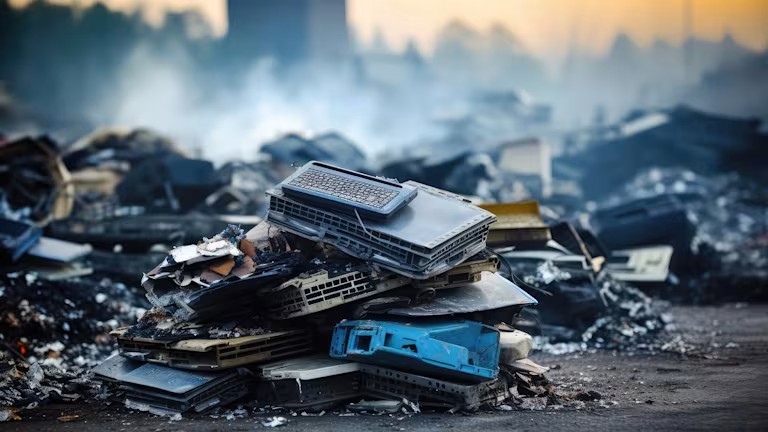
Did you know millions of old phones, computers and other electronics are thrown away every year? It’s a huge environmental problem. This growing issue is called e-waste or electronic waste.
Every time we throw away an old gadget, we’re adding to a problem that affects our planet, our health and the people who have to deal with all that trash.
But what exactly is e-waste and why is it so bad?
Let’s get into it.
What is E-Waste?
E-waste is all the electronics we get rid of; imagine every time someone upgrades their phone or computer – their old device ends up in the trash.
But e-waste isn’t just about our old phones and computers; it’s TVs, washing machines and even some toys.
As technology gets cheaper and better, people keep upgrading and creating a lot of e-waste. The problem is – these devices aren’t always disposed of properly and that’s causing some big environmental problems.
How Much E-Waste Do We Create?
In 2022, we produced about 62 million tons of e-waste – to put that in perspective, that’s 1,000 laptops per second! And only 20% of that waste is recycled properly.
The rest ends up in landfills, dumps, or gets burned and releases harmful chemicals into the air, soil and water.
- Europe: 16.2 kg per person per year.
- United States: 13.3 kg per person.
- Africa: They generate less but receive e-waste from other countries and it affects their environment.
Why is E-Waste Bad?
Electronics contain chemicals and metals that don’t belong in the ground or our waterways. When e-waste sits in landfills or gets burned, these toxic substances leak out, including lead, mercury and cadmium.
These are harmful to humans and animals; when humans are exposed to these chemicals, it can cause serious health problems, lung problems, cancer and developmental issues in children.
People in developing countries where most of the world’s e-waste is dumped are especially vulnerable.
They often work with no protective gear to break down old devices. This exposes them to harmful substances that can cause long term health problems.
What Can We Do to Reduce E-Waste?
To solve the e-waste crisis, we all need to change how we buy, use and dispose of electronics.
Here’s what we can do:
- Think before you buy: Do you really need the latest device? If your current gadget still works, keep using it a little longer.
- Repair, don’t replace: Fixing a broken screen or replacing a battery is often cheaper (and at least more environmentally friendly) than buying new – and it reduces waste.
- Recycle: Many stores have recycling programs, where you can drop off old devices.
- Donate or sell: If it still works, donate or sell it. Someone might need it!
Are Companies Helping Out?
Some companies are trying to reduce e-waste – Apple has recycling programs and Samsung has repair options.
But not all are as committed.
Many still push customers to upgrade every year and increase e-waste. So, support brands that repair and recycle!
And remember when selling or donating old devices to use a VPN (Virtual Private Network) like Surfshark to protect your data from hackers when online.
What’s the Future of E-Waste?
Experts say e-waste will continue to grow as we buy more gadgets.
But if we recycle more and companies make gadgets last longer, we can slow down the growth of e-waste.
Another big trend is the “right to repair” movement, which demands companies make it easier for us to fix our devices instead of replacing them.
Personal Choices: What Can You Do?
You don’t even have to be an adult or someone of financial means to make a difference with e-waste. Here’s how you can help:
- Limit upgrades: If your current device works fine, don’t upgrade yet!
- Educate others: Share this with friends and family.
- Choose eco-friendly brands: Support brands that repair and recycle.
- Get creative with old gadgets: Instead of throwing away an old phone, use it as an alarm clock, music player, or even a home security camera.
Conclusion
While e-waste is a big problem, there’s a solution.
By making smarter choices on the gadgets we buy and how we dispose of them, we can reduce the impact of e-waste to the planet.
Companies, governments and individuals all have a role to play.
Next time you think of buying a new device, remember every gadget you don’t throw away makes a difference.
Blog
Decoding the Mystery of q.d.c. The Secret Language of Old English Abbreviations
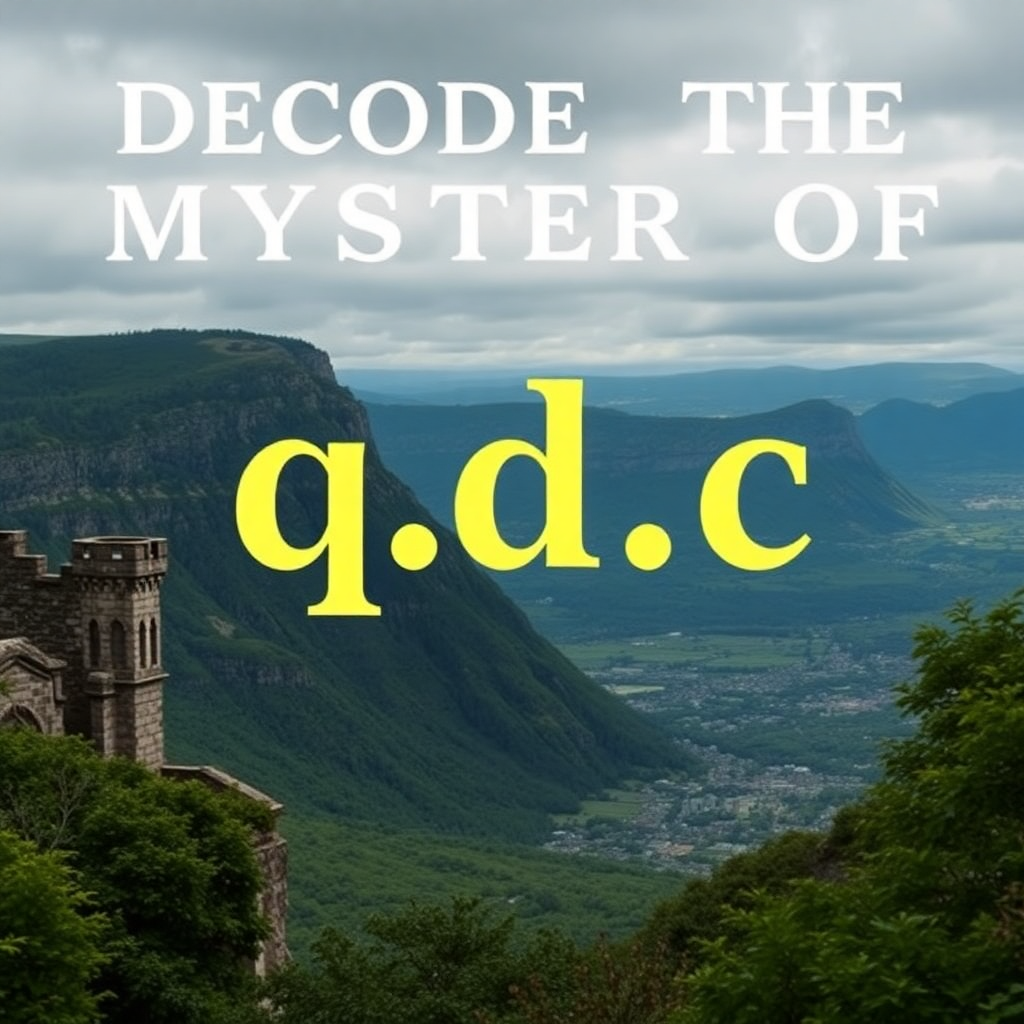
Are you intrigued by the prospect of tracing the history of an abounded manuscript or ancient text? If so, you are in for an intriguing exploration! Today, we are going to talk about ‘q.d.c’ also known as ‘querit declamation antiquorum’ which is an old English abbreviation used to this very day. For centuries, this abbreviation has been used, from the gothic manuscripts to the present day in various disciplines.
In this post, we will learn the history of ‘q.d.c’, its impact, and changes made to it. You will further learn why this abbreviation is important in today’s world, across various fields including healthcare and, legal matters. Finally, you will appreciate why ‘q.d.c’ is relevant to one’s interests in history, linguistics, or even search engine optimisation.
Let us begin with the root and meaning of q.d.c.
The term q. d. c which means resume or rest should really this with level of assistance a huge level of organisation almost 60% of the globe is yet to be reached. As mentioned above the Ancient English meaning community is majorly used for legal or educational texts. But what does it exactly stand for?
Building it step by step.
Q.d.c comprises of few letters and all carry significance. ‘Quod demonstrandum cepit’ is quite concisely demonstrated with this abbreviation; which when literally translated depicts ‘what was begun to be demonstrated’. Its summarising aspect emphasised commencing outlines placed at all separated points in the text. Although, notes like this were mainly utilized by scholars and clergymen, they were able to construct tremendous texts in a brief manner eliminating busy work.
The Role of q.d.c. in Manuscripts
In the medieval period, when the manuscripts were to be produced in a greater number, monks would take the work of copying them in the scriptoria even by hand. Scribes and copyists would have to work harder and use short hand to abbreviate words in order to use less parchment or vellum only the most pertinent information would be carved for mass drafting of the manuscripts. These pithy statements would serve as useful memory triggers in religious, philosophical, or even legal texts.
An Ancient Tool for Modern Readers
Despite being perceived as an archaic phrase, ‘q.d.c.’ is worthwhile to take our time to process, as it will only help better in interpreting specific historical documents. Through these tools, one can appreciate how societies of the past were brainy in their quest to compile as well as disseminate information.
Historical Significance and Evolution
Not only does the abbreviation q.d.c. is interesting only from a linguistic viewpoint, but it has a lot to share about the evolution and development of language along with modes of communication during the bygone times.
A Glimpse into the Past
The oldest branch of the modern English language with which people interact today, Old English, was full of abbreviations. Such shorthands would come in handy to cope with complex spheres, especially due to the fact that the bulk of copying was done by hand. The Q D C would be an ideal demonstration of how people and scholars expressed their thoughts in summary fashions while still ensuring that their ideas or thoughts were understood easily.
Transformations Over Time
Of course, as time progressed and languages transformed the other additional forms of languages, such as use of abbreviations started gaining roots. An English phrase, “q.d.c.” found itself from Old English, latinated, with the funny noticeably purposive addition of Read Latin This was turning point as the term perception inherited the culturally profound time periods around it.
Connecting Time Periods
Analyzing materials like “q.d.c.” allows researchers to relate with the past intelligentsia of civilizations, as this and similar lines were used through out history the underlying motives of research and communication have been inherited one way or another.
Using q.d.c. in Today’s World
Even though they may have a historical origin, “q.d.c.” finds application in multiple arenas of our modern day society.
Medicine and Science
Precision is key in medicine, there are absolute amendments which require absolute clarity wording, alongside which the scientific literature would include “q.d.c.” these stand to forward. write summative statements of…… or these are the conclusions which need to be drawn. Over time these words that speak in vagueness will help professionals deal with much more complex papers and studies than these.
Literature and Academic Writing
In academic papers, there is no sun for writers and it’s more about cutting words while keeping the fact delivered. Hence why writers may want to do that and say “q.d.c.” and use it for conclusions and some points of an argument. Giving out terror abolition can make the reader understand and appreciate literature, or scholarly works for the matter.
Standardization of Processes Regarding Disputes
Perhaps the most notable requirement, when creating legal papers or formal contracts, is attention to the details – Elaine, Wai and Young 1998. Indeed, such legal forms transcribe a multitude of arguments and conclusions. Knowing such shorthand forms is useful to both the legal professionals and the ordinary legal text readers as it helps to understand legal documents better.
Conclusion
The abbreviation ‘q.d.c.’ as a term, is rich in history. From its early usage on Old English manuscripts up to present-day usage, this abbreviation epitomizes the effectiveness of a straightforward approach to any task. There is much to be gained by knowing ‘q.d.c.’ especially in our interface with history as well as in the quest of diverse areas in the contemporary World.
-

 Technology4 months ago
Technology4 months agoTeknologian ja Kulinaaristen Uudistusten Yhteys
-
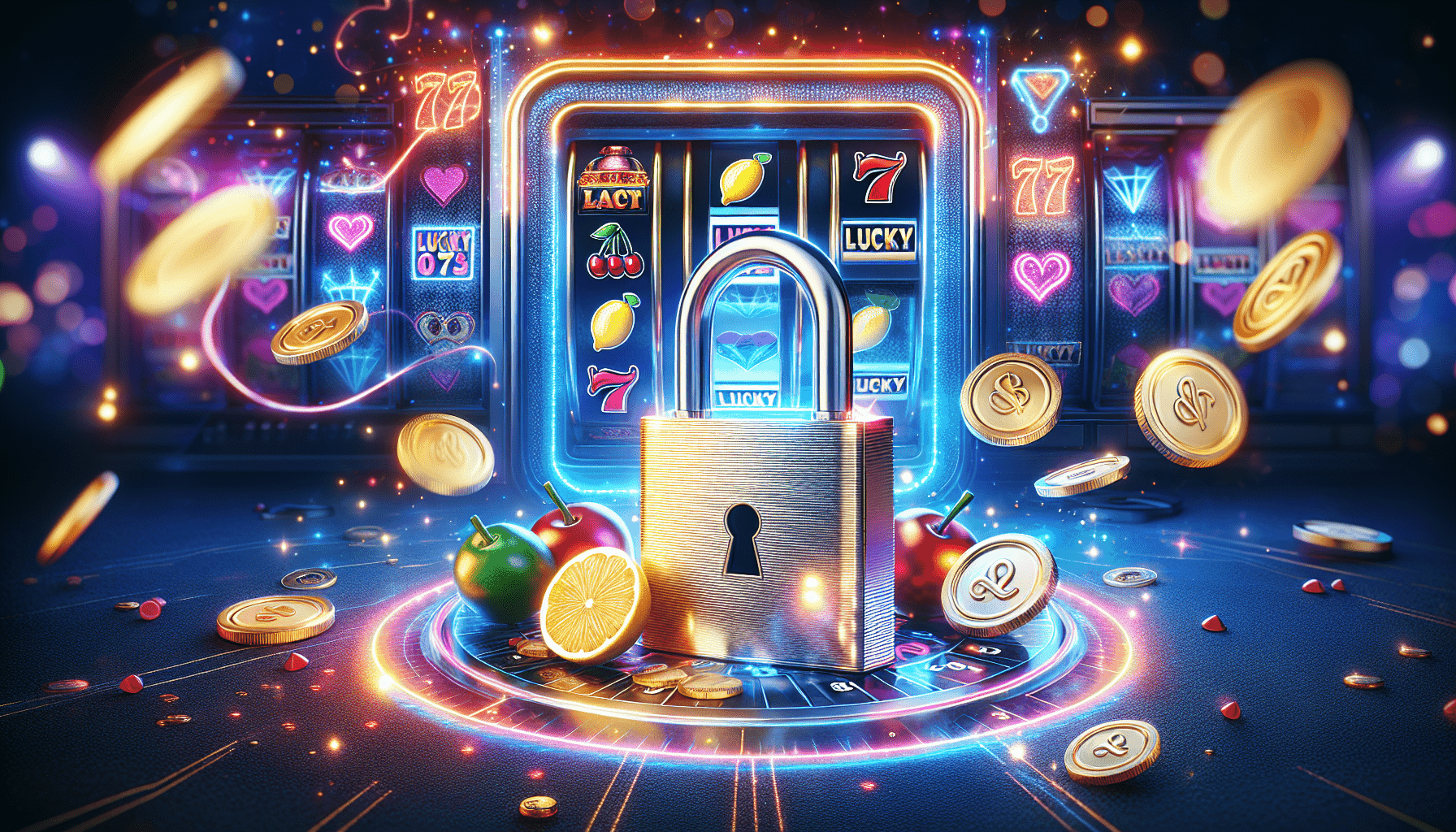
 Business6 months ago
Business6 months agoA Deep Dive into Toto Sites: Unlocking New Online Experiences
-
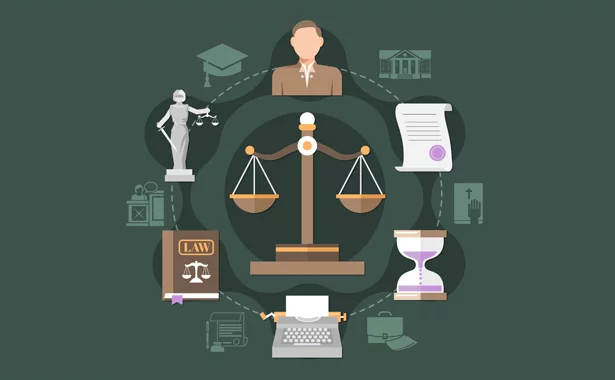
 Business6 months ago
Business6 months agoCollection of links: a modern solution for streamlining legal information access
-

 Technology4 months ago
Technology4 months agoDie Zukunft der gastronomischen Innovation: N2O-Produkte und ihre Rolle in modernen Küchen
-
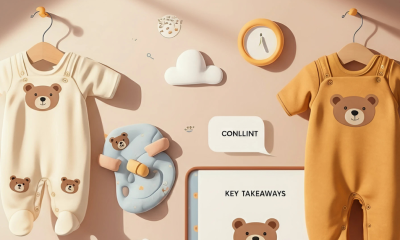
 Blog2 months ago
Blog2 months agoRS 149 Bear Jumpsuit – Adorable & Practical Babywear
-
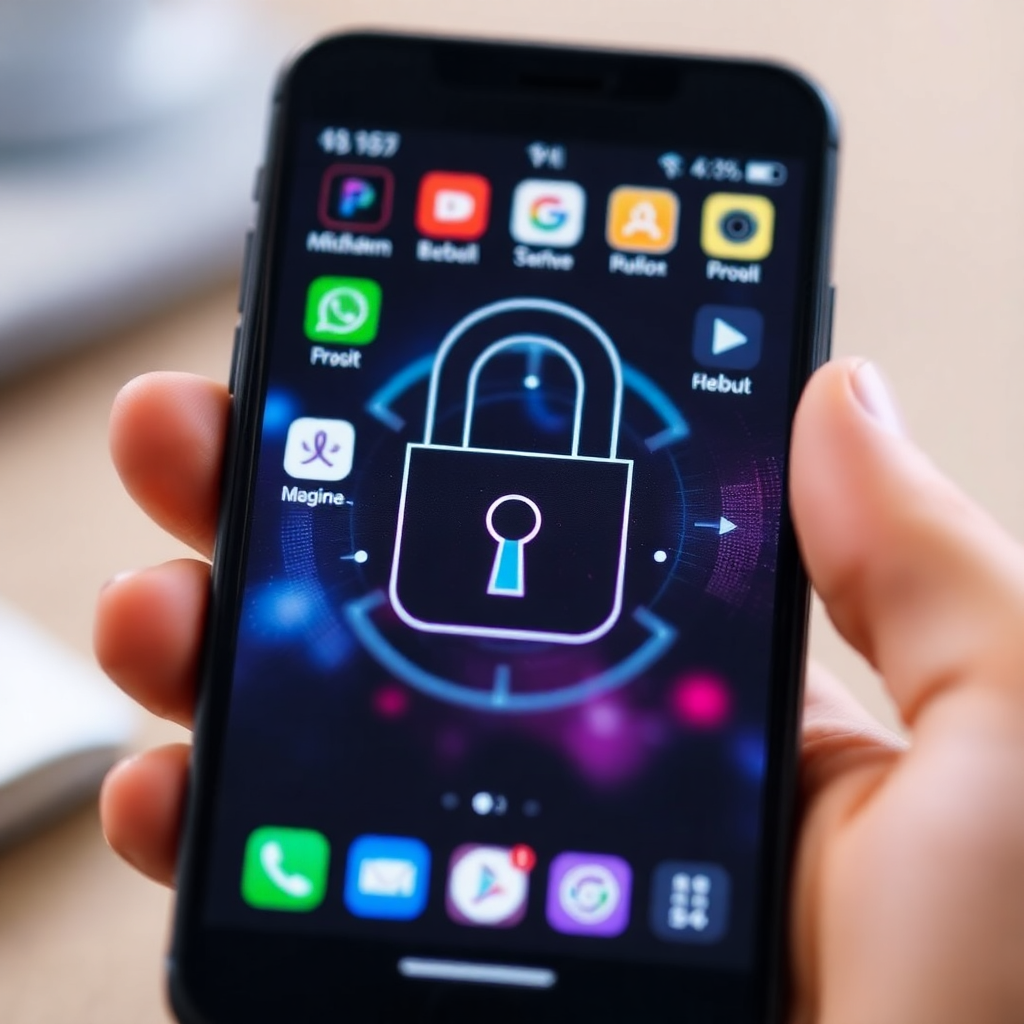
 Technology4 months ago
Technology4 months agoWhich Are The Best Smartphone Security Apps?
-

 Technology4 months ago
Technology4 months agoWonderfox HD Video Converter Factory Pro: Make MPEG to MP3 Conversion Easier
-

 Blog8 months ago
Blog8 months agowallpaper:ek_xjuauh0q= preppy


